The Legendary Swordsmanship School “Chujo-ryu”03
”Chujo-ryu” techniques that continues to the present day.
Currently, there is no Dojo for the ancient swordsmanship “Chujo-ryu". “Chujo-ryu" which produced many masters in Echizen Province (now Fukui Prefecture), later developed into the “Toda-ryu" and “Itto-ryu", and spread throughout Japan.

It is believed that ”Toda-ryu” conveys the atmosphere of old-fashioned “Chujo-ryu" to the present day. “Toda-ryu" was born from “Chujo-ryu”. The founder of the Toda school was “Toda Nagaie", a senior vassal of the powerful Asakura family in Echizen. After Nagaie practiced “Chujo-ryu", the techniques was passed on to his son"Toda Kageie", and grandchildren of “Seigen" and “Kagemasa".
Kagemasa’s son-in-law, “Yamazaki Yorokuro", was a fierce warrior who later became known as ”Meijin Echigo”.
On the other hand, Seigen’s school called the ”Toda-ryu" school spread all over the country. Hasegawa Muneyoshi", who became Kanpaku Toyotomi’s teacher, “Sakurai Rokuemon", who became the teacher of the second Tokugawa shogun. The family lineage of “Kanemaki Jubei" produced “Kanemaki Jisai", who became the teacher of “Ito Ittosai Kagehisa". He had a great influence on the swordsmanship world.
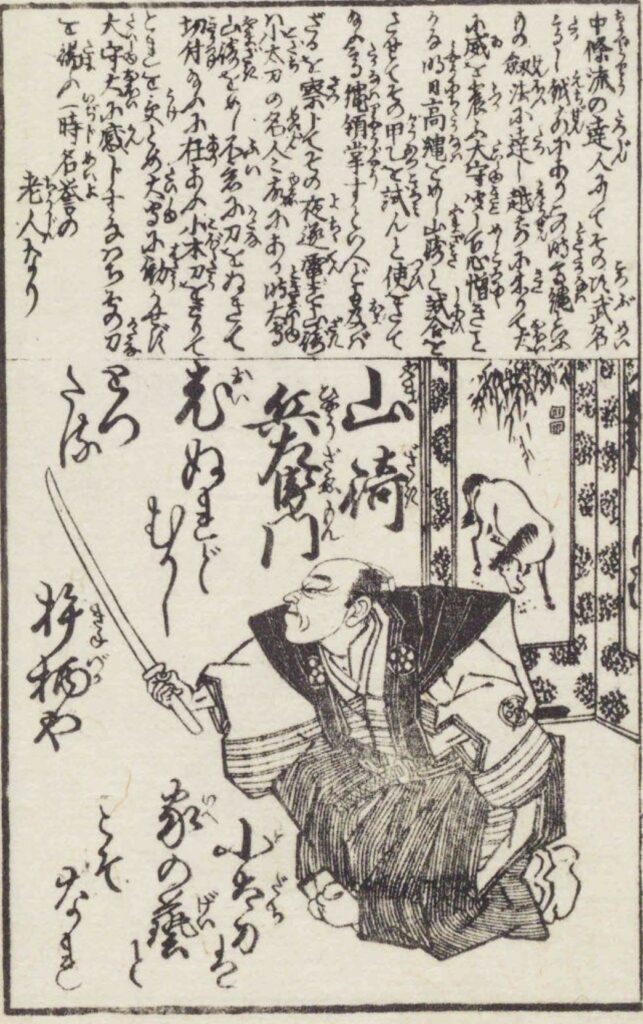
There are various ways to write “Toda-ryu" kanji depending on the era and the region where it was introduced. “Toda-ryu" techniques have been handed down in several regions even today.
A famous Dojo is the “Toda-ryu Kenjutsu" in Hirosaki City, Aomori Prefecture. Other famous schools developed from “Toda-ryu" include “Tenshin Buko-ryu Hyoho" in Chiba Prefecture, “Kiraku-ryu" Ju-jutsu in Gunma Prefecture, and “Toda-ryu Sojutsu in Hiroshima Prefecture.
”Toda-ryu” spread throughout the country.
”Toda-ryu " in Aomori Prefecture was a school of swordsmanship inherited by the samurai of the Hirosaki domain since the Edo period (1603-1868). This style of swordsmanship was a comprehensive body art that used the Tachi, Kodachi (small sword), Bou , Sickle, and Yari ( spear). In the Dojo of today’s Aomori Prefecture, the techniques of the Tachi and Kodachi were inherited, and five “Omote", five “Ura", and ten “Chugoku" have been completely handed down according to the ancient teaching manuals.
Many of the Kodachi techniques that the origin of “Chujo-ryu", excelled at remain, and the technique of quietly approaching an opponent and instantly setting him off, described as “ryu-sui no gotoshi," is a remarkable example of a body art that is different from modern kendo.
| Omote Gohon | Ura Sanbon | ChuGoku | ChuGoku |
|---|---|---|---|
| 諸上 | 合位 | 朽木倒 | 玉簾 |
| 摺込 | 波返 | 鎧倒 | 踏入 |
| 合車 | 芝返 | 飛違 | 一足不去 |
| 合陰 | 波割 | 鍔摺 | 蜻蜒 |
| 糊付 | 有二剣 | 柄取 | 霞変 |
Many swordsmanship techniques have been handed down from ancient times. The stance of the Founder’s picture and the stance that has been handed down today are the same. In Kata training, the attacker uses a large sword over 90 cm, and the defender uses a short sword, just like origin.
They do not use bamboo swords or protective gear. They preserve the style of swordsmanship from the Civil War era.
This video was taken at a convention held at the Nippon Budokan, where masters from Aomori Prefecture introduced “Toda-ryu".
Here is a link to Dojos that currently teach “Toda-ryu" in Japan and around the world.
Toda ryu Kenjutsu Dojo
http://www.nihonkobudokyoukai.org/martialarts/079/
Tenshin Buko ryu Dojo
http://bukoryu.main.jp/represent.html
Kiraku ryu Dojo
https://kirakuryu.amebaownd.com



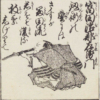
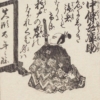


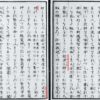
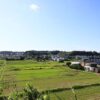
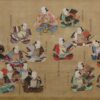
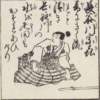
ディスカッション
コメント一覧
まだ、コメントがありません